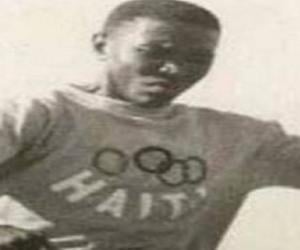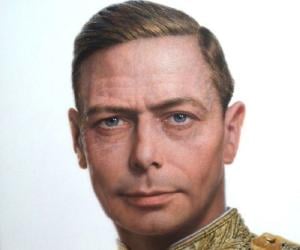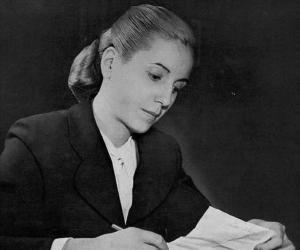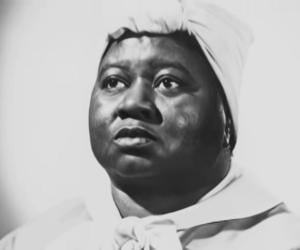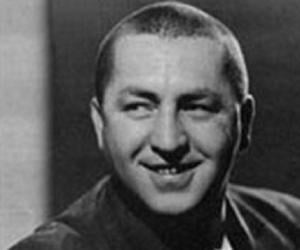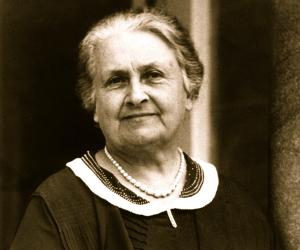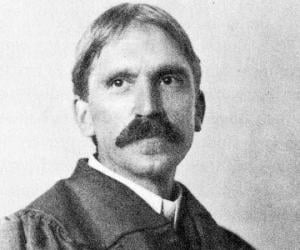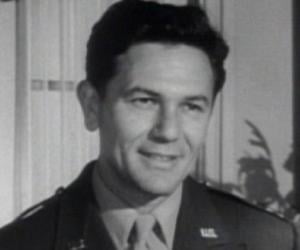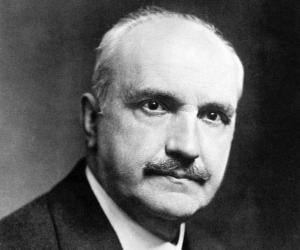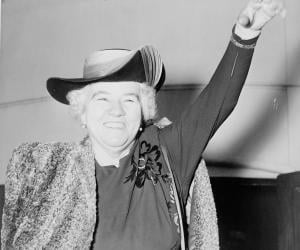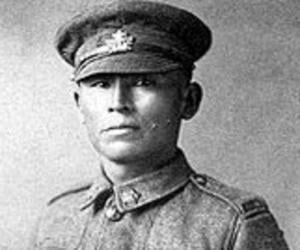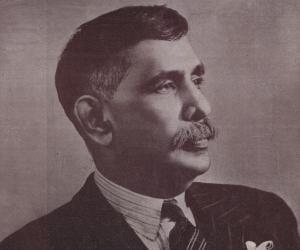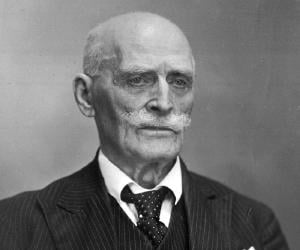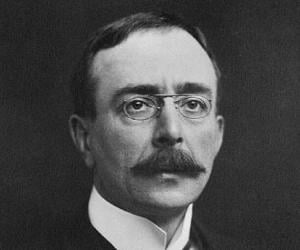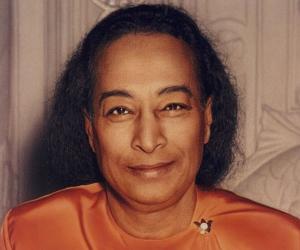Evita Peron was an Argentine actress, activist, politician, and philanthropist. She is best remembered for her service as the First Lady of Argentina from 1946 to 1952. She also served as the President of a political party called Female Peronist Party. A staunch philanthropist, Evita Peron was the president of the Eva Perón Foundation, which operated from 1948 to 1955.
Hattie McDaniel was an American actress, comedian, and singer-songwriter. She became the first African-American to be honored with an Academy Award when her portrayal of Mammy earned her an Oscar for Best Supporting Actress. Also a radio performer, Hattie McDaniel was the first African American woman to express her skills as a singer on the radio in the US.
Born Jerome Lester Horwitz and nick named Curly by his brothers, Curly Howard is an American vaudevillian actor who was known for his comic skills, childlike mannerism and exaggerated walk. His performance as a member of The Three Stooges was particularly popular among children in 1930s and early 1940s. He was forced to retire early from his career because of stroke.
Maria Montessori was an Italian educator and physician best known for developing the Montessori method of education, a student-friendly method, which is being used in several public and private schools around the world. In 2020, she was nominated by Time magazine as one of their Top 100 Women of the year.
A staunch advocate of progressive education and liberalism, the American philosopher and psychologist was the founder of the University of Chicago Laboratory Schools. John Dewey’s famous writings included The Reflex Arc Concept in Psychology and Human Nature and Conduct. According to him, passion for knowledge and intellectual curiosity were central to a teacher. He called himself a democratic socialist.
One of George Santayana’s initial works, The Sense of Beauty, spoke about aesthetics, an oft-repeated topic in his later works. The Spanish-born American philosopher and Harvard professor is remembered for his quote “Only the dead have seen the end of war,” which has often been misattributed to Plato.
Elizabeth Kenny was an Australian bush nurse. A self-trained nurse, Kenny pioneered a new and then-controversial method to treat the victims of poliomyelitis. Her method, which she advocated enthusiastically, became the foundation of physiotherapy. Her life and career inspired the 1946 American biographical film Sister Kenny, in which she was played by Rosalind Russell.
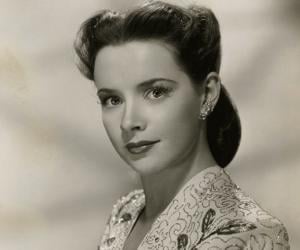
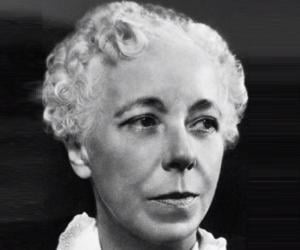
Remembered for her pioneering work on feminist psychology, Karen Horney studied medicine at a time when women weren’t allowed in universities. Going against Sigmund Freud’s concept of penis envy, she suggested the idea of womb envy. She believed psychological differences weren’t rooted in gender but rather depended on the socio-cultural influences.
Sri Lanka’s first prime minister, D. S. Senanayake, was the son of a plantation owner and graphite miner and was raised as a devout Buddhist. An amateur cricketer in school, he later took to rubber planting and formed the cooperative-society movement. He rejected the honor of a knighthood.
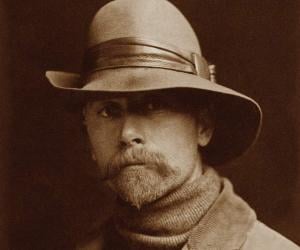
Edward S. Curtis was an American ethnologist and photographer whose work focused on the Native American people and American West. He is credited with photographing the first portrait of a Native American. Edward S. Curtis' work aimed at preserving the traditional life of Native Americans.
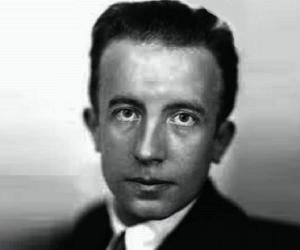
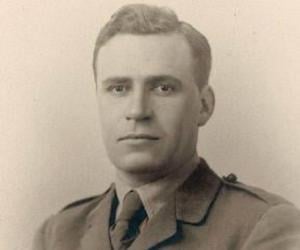
Apart from being the father of media mogul Rupert Murdoch, Keith Murdoch was a talented journalist in his own right, who gained fame as a political correspondent for the Sydney Sun. He is also known for carrying the controversial Gallipoli letter to London. He later led The Herald and Weekly Times.
Nobel Prize-winning Norwegian author Knut Hamsun, a leading figure of neo-romanticism, is best remembered for his novel Hunger, which narrated the tale of a starving writer. With little education, he had started his career as a shoemaker’s apprentice. He supported the Nazi occupation of Norway and was later imprisoned.
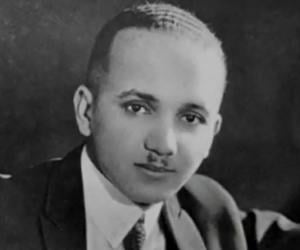
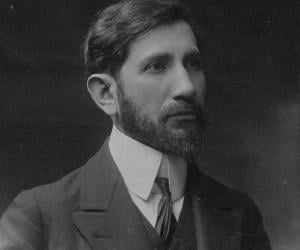
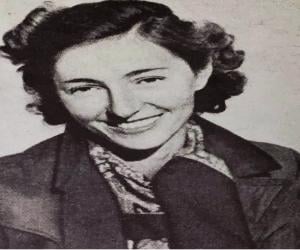
The first and the longest-serving British female secret agent, Krystyna Skarbek was born in Poland. Her contribution to the Allies during World War II won her honors such as the OBE and the Croix de Guerre. She was 37 when she was stabbed to death in a London hotel.
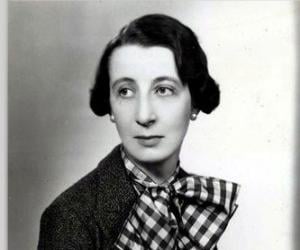
Elizabeth Mackintosh, better known by her pseudonym, Josephine Tey, was a physical education teacher before becoming a full-time author. She first tasted success with The Man in the Queue, a detective novel written as Gordon Daviot. Her work A Shilling for Candles was made into a film by Alfred Hitchcock.
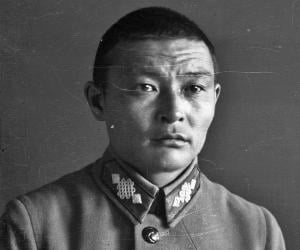
Charles Scott Sherrington was an English histologist, neurophysiologist, pathologist, and bacteriologist. In 1932, Sherrington and Edgar Douglas Adrian were awarded the Nobel Prize in Physiology or Medicine for their discoveries of the functions of neurons. Charles Scott Sherrington's exposition of synaptic communication between neurons helped understand the central nervous system. He was also the recipient of the prestigious Royal Medal.
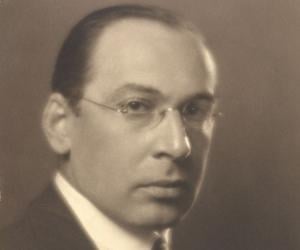

Gertrude Lawrence was an English actress, singer, and dancer. She also performed musical comedy in the West End of London and on Broadway in New York. She was introduced to the entertainment world as a child and grew up to become a famous multi-faceted performer. She won several awards. In her later years, she taught acting.
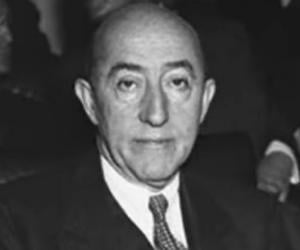
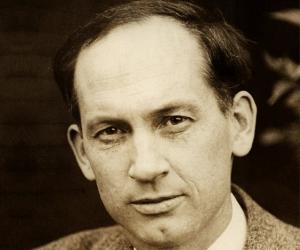
Born into a farming community, Harold Innis was encouraged to be a Baptist minister but became a political economist and academic instead. The former University of Toronto professor is remembered for his work on the staple thesis. He had also fought on the front lines in World War I.

Known for his short stories and plays reflecting the life in Budapest, author Ferenc Molnár never identified with any particular literary movement. His best-known works include the short story anthology Muzsika and the novel The Paul Street Boys. Initially an aspiring lawyer, he later worked as a war correspondent.
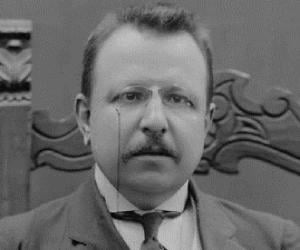
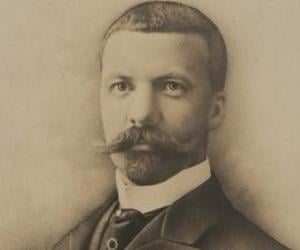
Renowned Canadian journalist and politician Henri Bourassa is best remembered for founding the newspaper Le Devoir. Though a qualified lawyer, he made a name for himself by writing on political issues and also served as a member of the Canadian Parliament, as part of the Liberal Party of Canada.
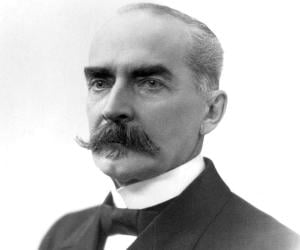
Finland’s 1st president, Kaarlo Juho Ståhlberg was one of the first politicians to introduce republicanism in Finland. A lawyer and judge, he initially taught law and economics at the University of Helsinki. The National Progressive Party member is also remembered as one of the main figures behind the Finnish constitution.
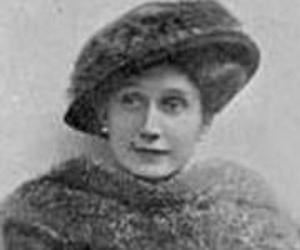
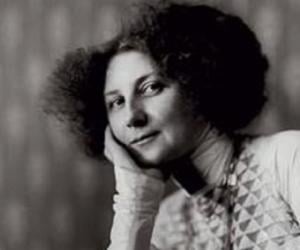
The daughter of a pipe manufacturer, Emilie Louise Flöge initially worked as a seamstress but later found her calling in fashion designing. Also remembered as the companion of Austrian symbolist painter Gustav Klimt, she featured in many of his paintings and was a major figure of the Fin de siècle movement.
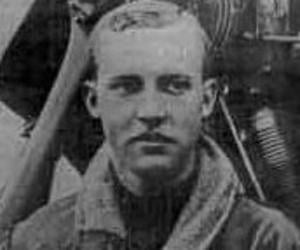
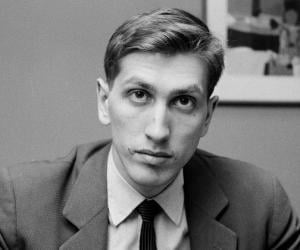
Hungarian mathematician Paul Nemenyi is best remembered for his contribution to fluid dynamics through his inverse or semi-inverse approach. The continuum mechanics specialist taught in Berlin and the US. In 2002, an investigation revealed he was the biological father of chess legend Bobby Fischer and not Hans-Gerhardt Fischer.
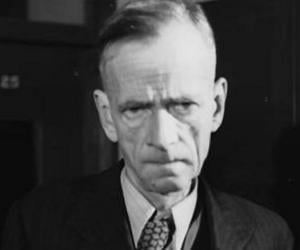
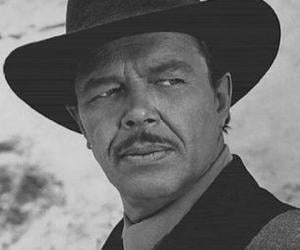

Uncle Dave Macon, considered by many music historians as the grandfather of country music, was an old-time singer, songwriter and banjo player. Although he started performing early in his life and became known for his showmanship, he took up music as his profession around the age of fifty-one, recording over 170 songs until his death, at the age of eighty-one.

Born into an aristocratic family, Victor Hope, 2nd Marquess of Linlithgow received an elite education at Eton. He later became India’s longest serving viceroy of India. He is also remembered for his numerous conflicts with the Indian National Congress and for his efforts in suppressing the independence movement.
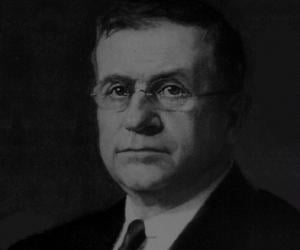
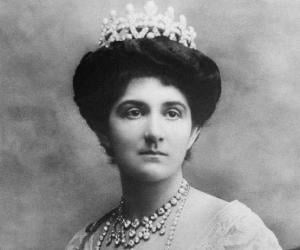
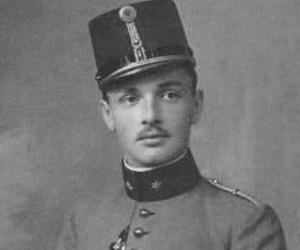
Paramahansa Yogananda was an Indian Hindu monk, yogi, and guru. He is known for introducing the teachings of meditation and Kriya Yoga through his organization Self-Realization Fellowship (SRF) / Yogoda Satsanga Society (YSS) of India to millions across the world. He authored the book Autobiography of a Yogi and is considered the Father of Yoga in the West.
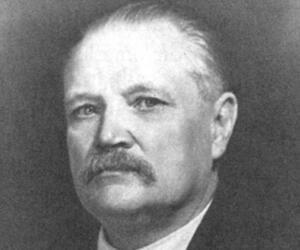
Russian historian Mikhail Ivanovich Rostovtzeff is best-known for producing significant works on ancient Roman and Greek history. He emerged as an influential authority on ancient-history of South Russia and Ukraine while working in Russia. The term caravan city is believed to have been coined by him. Noted books of Rostovtzeff include Dura-Europos and Its Art and Skythien und der Bosporus.
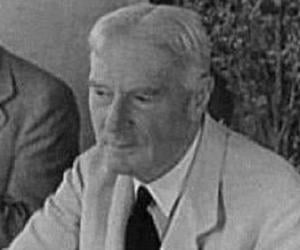
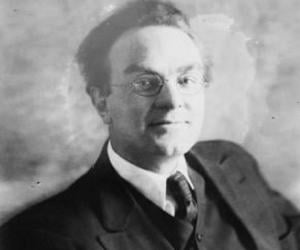
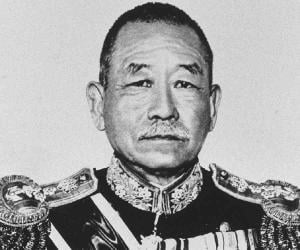
Japanese navy admiral Keisuke Okada was born to a former samurai family and later grew up to be the prime minister of Japan. He was a moderate voice and tried to reduce the influence of military extremists in Japan. He also advocated for peace with the Allies during World War II.
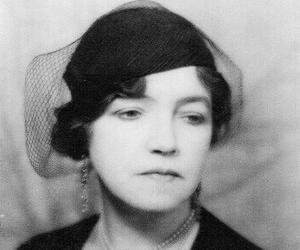
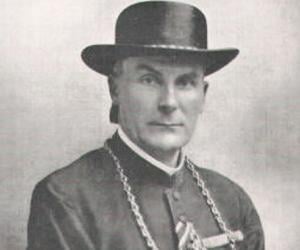
Michael von Faulhaber was a senior Catholic prelate and Archbishop of Munich from 1917 to 1952. He was a co-founder of the Amici Israel, a priestly association that strove for Jewish-Christian reconciliation. During the Nazi era, he was involved in drafting the encyclical Mit brennender Sorge. He recognized the Nazi government as legitimate and preached against communism.
